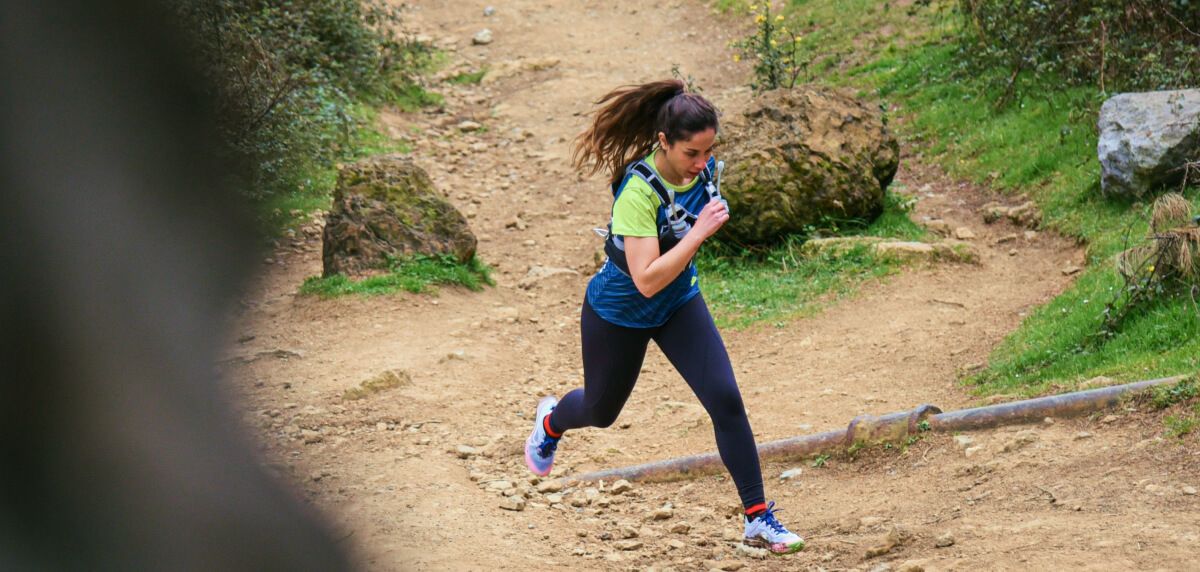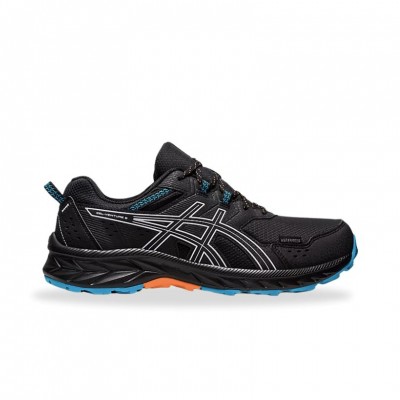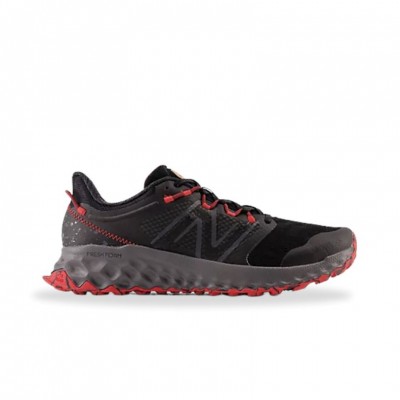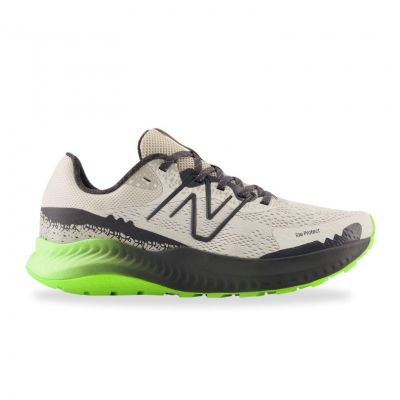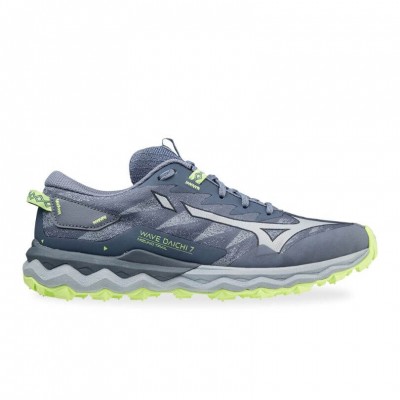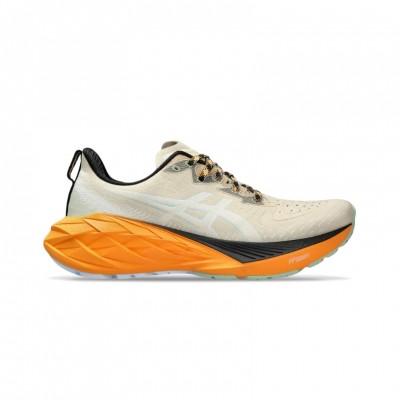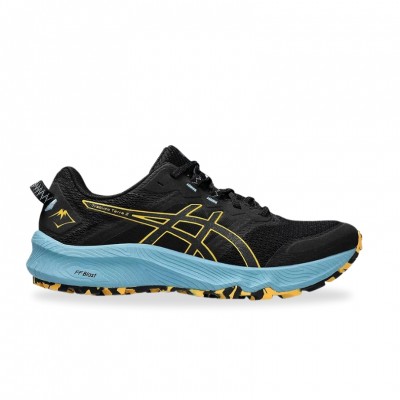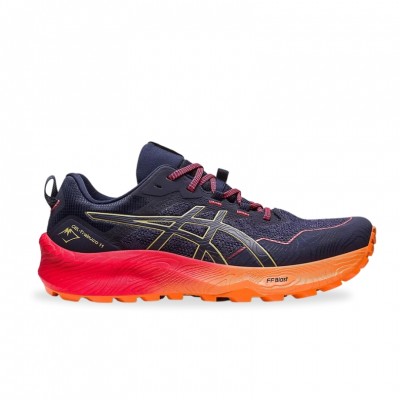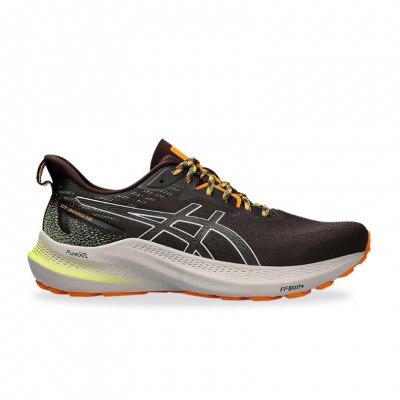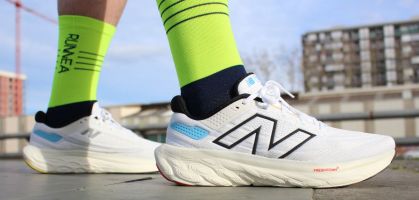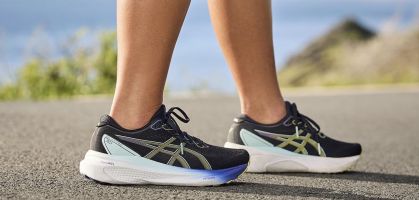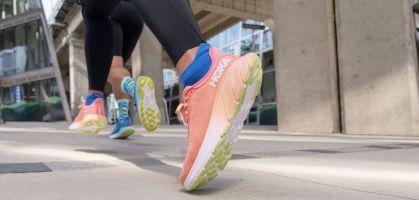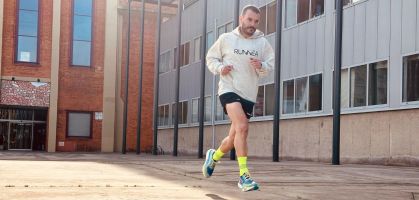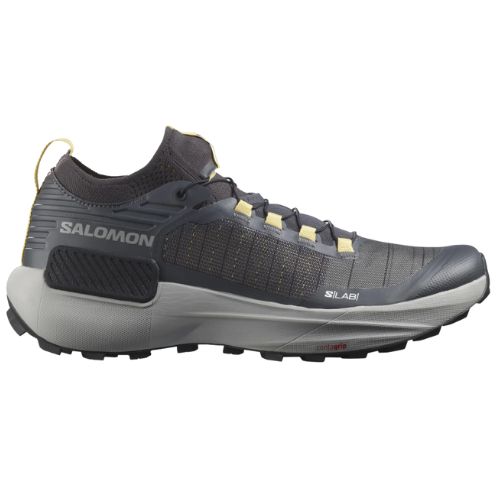They say that those who try trail running not only end up repeating, but end up hooked, and the experience of running/walking in the mountains becomes a very healthy habit, but also a real passion.
So, in order to awaken the trail runner in you and get the most out of your outdoor experience, the RUNNEA editorial team has set to work to try to answer a series of questions about this stimulating combination of nature and sport that is the practice of trail running. There will be many things you already know, but you are sure to learn something new!
What is trail running?
To define the discipline of trail running nothing better than to resort to what the International Trail Running Association (ITRA) specifies in this regard as a foot race that runs through natural terrain, and understood by natural terrain mountain surfaces, forest trails, and even deserts and forests. However, the basic requirement is that this type of terrain does not exceed 30% of the sections on asphalt.
An interesting point you should know is that all mountain races are considered as trail running races, but trail running races are not only mountain races. The concept embraces a broad spectrum of more natural areas, and clear examples are competitions of the caliber of the Marathon de Sables stage race, which takes place in the desert, or the Iditarod Trail Invitational, which takes place in Alaska. Both are also included as trail running events, taking place in the extreme environments of desert heat and freezing polar cold.
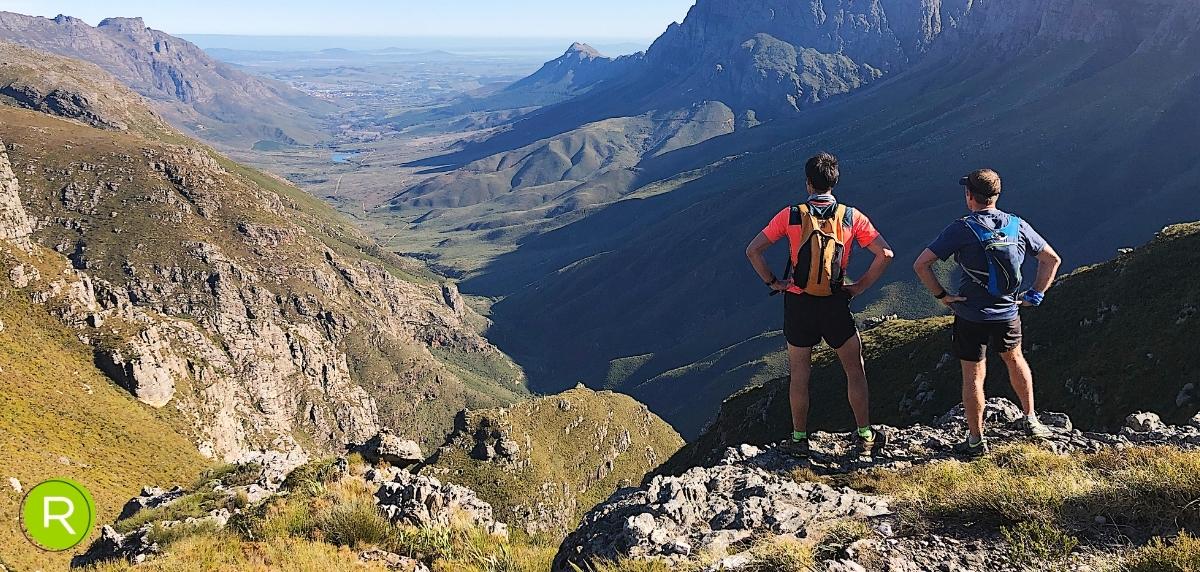
What types of trail running are there according to distance?
Following the ITRA's own guidelines, the classification of trail running races can be divided into four types depending on the distance covered in each event.
- Trail: races in which less than 42 kilometers are run.
- Trail ultra medium: races between 42 and 69 kilometers.
- Trail L (ultra long): races between 70 and 99 kilometers.
- Trail XL (ultra Xlong): all races that exceed 100 kilometers.
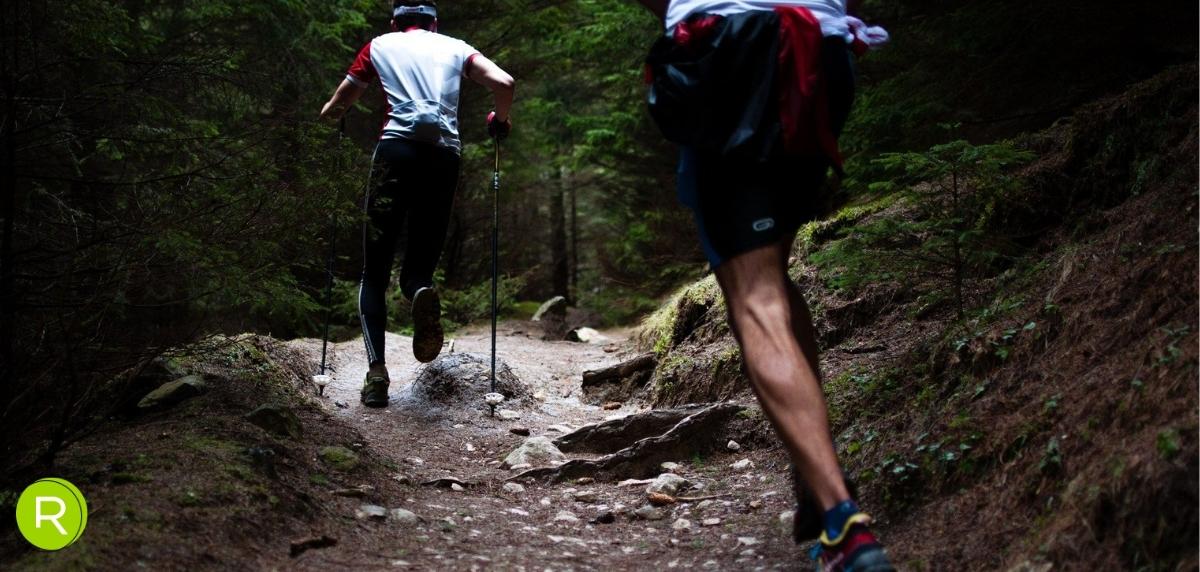
On the other hand, and as with any physical activity, the physical and psychological benefits are proven. The practice of trail running is no exception to the rule, and some of its most outstanding benefits can be summarized as follows:
- Improve lung capacity, since they contribute to improve blood oxygen levels. This translates into better performance.
- Lowers blood pressure.
- Tones and strengthens the muscles, and therefore minimizes the risk of injury.
- Development of physical endurance.
- Contributes to burn calories, and therefore helps to control weight.
- Improves balance and coordination.
- Reduces stress levels.
- Releases endorphins, which improves self-esteem and prevents episodes of depression.
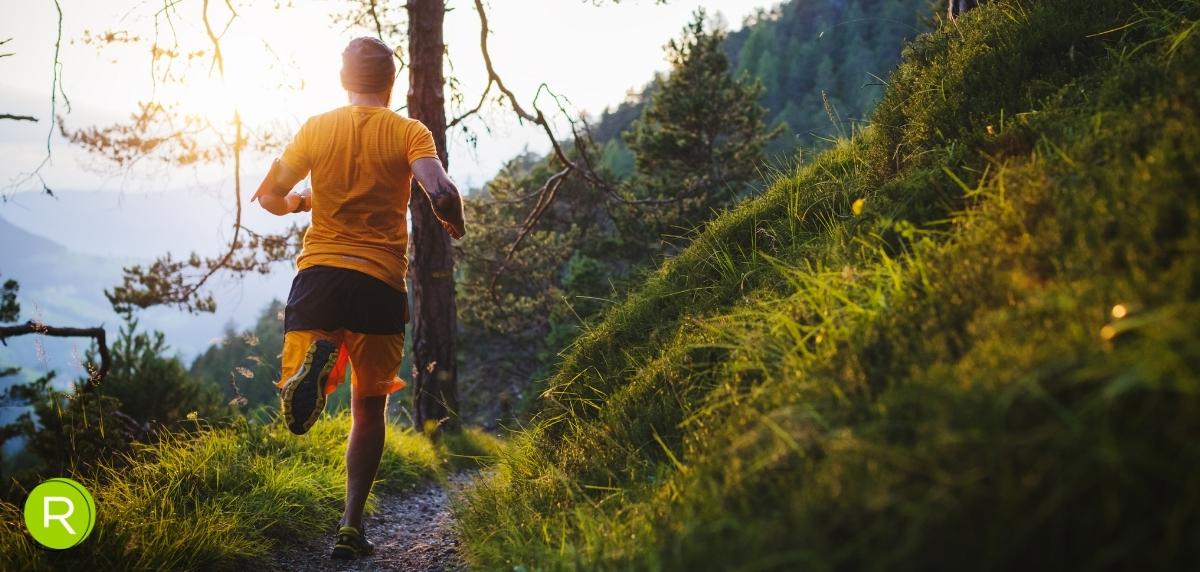
Recommendations to take into account for an effective practice
If you are already an experienced mountain runner, these recommendations may seem obvious to you. However, if you are just starting out in the world of trail running, these recommendations can serve as a reference to make your experience in the mountains more satisfactory.
Proper use of sports equipment, especially when it comes to footwear. Whether you are trail running or hiking, it is advisable that you wear the appropriate and specific shoes for your outdoor activities: trail running shoes and/or Hiking shoes. In the following lines we will detail which are the characteristics to take into account when buying the most suitable model.
Pay attention to the running technique. The unevenness of the terrain is one of the biggest handicaps you will encounter in trail territory. This detail forces you to improve your running technique, especially in the uphill and downhill sections. It's obvious: running on asphalt is not the same as running in the mountains.
Combine running and walking - yes, we're not crazy! Using the same strategy on asphalt as in the mountains makes no sense, because they cannot be compared. It is true that, sometimes, you will run to improve your own personal bests, but this fight for the time should not become an obsession. Remember that trail running is a sport that tests your endurance and physical abilities. So studying the terrain beforehand will help you to know when to push and accelerate the pace, and when to take a break, and thus manage your strength well.
Invisible training, to the letter. As in any sport, in trail running, the unseen part of training is also essential to progress and improve performance. We're talking about keeping to the right rest periods, as well as maintaining a balanced diet and optimal hydration.
Follow an individualized training plan. Whether you are just starting or you want to move to the next level, having the advice of a professional in the field is always an added valor, because their experience and knowledge will help you to enjoy from the first to the last kilometer with the certainty that you are training with criteria and head. In this sense, at RUNNEA we can help you in this purpose because we have trail training plans à la carte up to 50 kilometers and a maximum elevation gain of 2,500 meters. These plans are developed by qualified trainers, have no doubts.
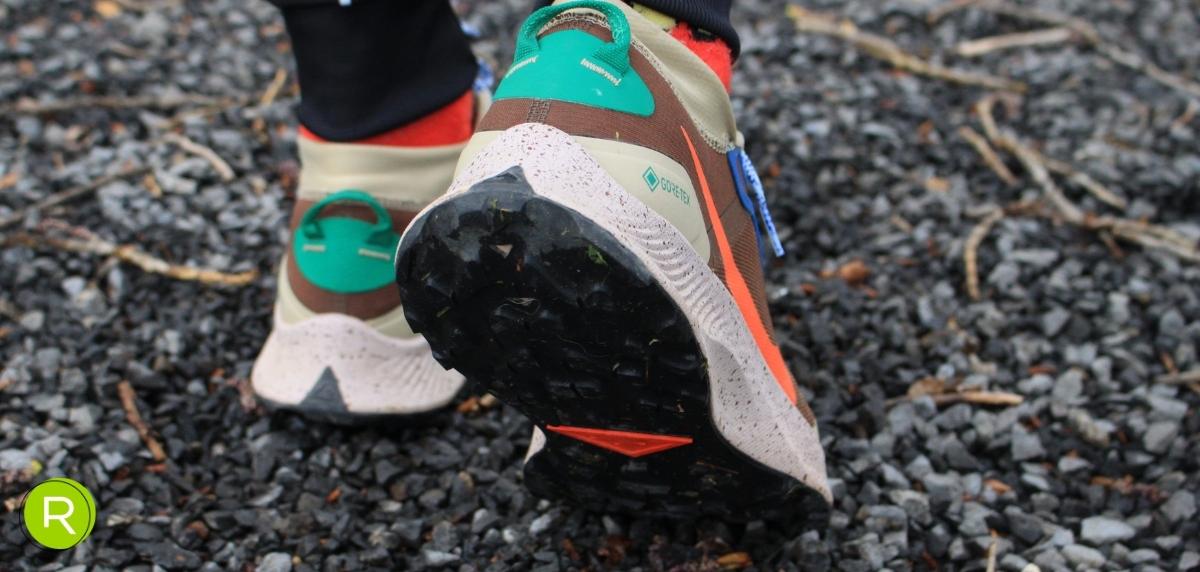
Main features of trail running shoes
Finally, at RUNNEA we cannot forget the sports equipment, and for an effective practice and with the maximum guarantees it will be an essential requirement that you wear the right trail running shoes for your trail runner profile.
That said... Do you need some advice on how to choose the most suitable model? Our head sports podiatrist (Podum Clinic in Cordoba), Toni Fernandez Sierra, tells us some of the basic characteristics that every model for trail running should have: stability, grip, traction, torsion, cushioning, durability and protection. To the list you can also add other secondary qualities such as waterproof or water-repellent, for example.
Read more news about: Running News
